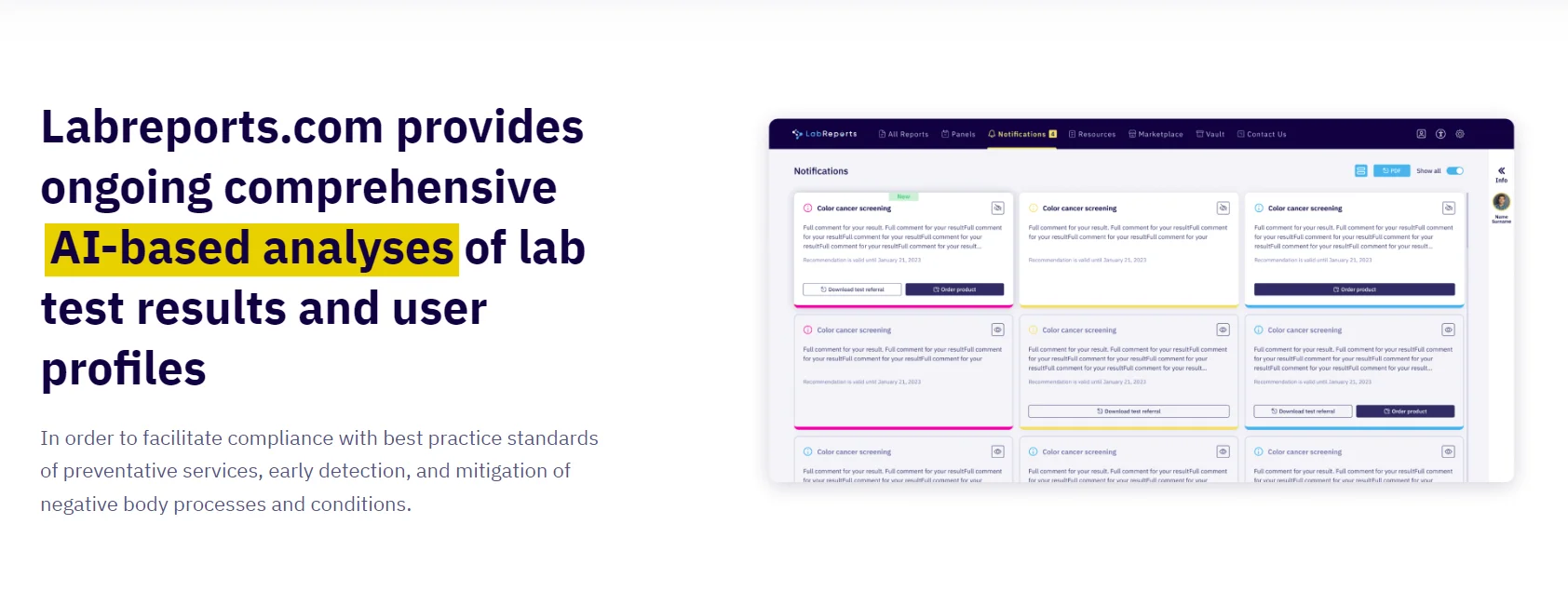You don’t need to be best friends with all your coworkers or direct reports, but you do need a remote-friendly environment where employees can just chat. Yes, they’re committed to your business, but the more autonomy you offer them, the more likely they’ll care and contribute to your company. Your remote team likely works in different time zones in varying stages of life. Some team members might have just graduated college, while others might be wrangling a handful of kids. You’ll need to learn to accommodate work preferences and be flexible with scheduling and demands. A big challenge in building a distributed team lies in poor communication over distance because of different time zones.

Be proactive about congratulating your employees when they do something right. This could be as simple as recognizing a professional way they handled a troublesome customer, or it could be taking the time to acknowledge the consistent work a team member’s been how to hire a remote team putting in. Your employee might not be underperforming because they’re lazy or incompetent—they might have obstacles getting in their way. For example, they might be sitting in Zoom calls for 4+ hours per day, slowly losing their soul to video fatigue.
How to choose the best remote team management tool
In a remote work environment, we can’t stop by a coworker’s desk to drop a question, so it’s important for remote employees to know that they can reach out outside of meetings. Although many teams hold an old-fashioned belief that team meetings boost productivity, they negatively affect employee efficiency and focus. Once your new employees are fully onboarded, for example, there’s no need for daily check-ins—a weekly meeting will do.
Will your team members have to spend a significant amount of time learning how to use the tool? Will they need to set up an account with the service, or will they be given credentials when you receive access to the tool? A good assessment tool should be both user-friendly and easy to access.
Invest in Project Management Software
The more everyone talks to one another, the better they understand each other’s priorities, and the more likely they are to collaborate to fix them. Remote work did exist prior to the pandemic of 2020, but it’s been nothing like what we see today. One of our most popular virtual moments was when a Gen Z team member taught everyone a popular TikTok dance.
According to a 2021 FlexJobs Survey, the two biggest reasons employees want remote work options are to manage their work-life balance better and improve their mental health [2]. Other reasons participants selected included experiencing less commute-related stress and having more time with their families. Additionally, these reasons are so important to employees that 24 percent of respondents signaled they would take a pay cut between 10 and 20 percent in order to gain remote work options [2].
Create accountability
Finding ways to recognize and celebrate accomplishments is even more important when your remote staff may feel disconnected from the larger group. A simple strategy that is highly effective is the shout-out to a team member over a virtual platform. Giving virtual awards, such as badges in Microsoft Teams, can also help employees feel appreciated. Team accomplishments can be touted on social media for peers and clients to see.
- It’s suitable for freelancers, enterprise companies, technology providers, agencies, business process outsourcing, and hybrid workplaces.
- Although sometimes they’re used interchangeably, the terms remote-friendly and remote-first don’t mean the same.
- The recommendations we talked about might be simple, but they are not always easy to follow.
- You’ll need some rules and overlapping schedules for meetings, but don’t create unnecessary rules.
Strong security measures to protect business communication and sensitive information are crucial for small businesses. Approximately 22% of the American workforce will work remotely by 2025, according to Upwork. In this projection, remote work arrangements are projected to continue to shift slowly, but steadily.

Check in afterward informally for feedback to gauge what is working to adjust accordingly. An event spec sheet can help you identify the purpose of the event, the flow of activities, and how you want the team to feel afterward. We launched a weekly online newsletter to recognize accomplishments and share updates. Department heads send news, shout-outs and GIFs to keep people reading. Create a calendar of team events to make sure you connect virtually on a regular basis. When bringing the whole team together, it is important to hear from employees who rarely get the floor, including emerging leaders.

Depending on the size of the team, you might choose the group stand-up meetings used widely in Scrum or one-on-one sessions with remote employees. Remote employees need timely and full access to information to work effectively. It is worth reviewing your current situation to spot any blind spots that can be improved. Check if there are experienced team members that hold important knowledge that is not documented and make sure it gets written down. It is also important for the team to have full access to the plans and it will be easiest to communicate collaborative tasks through an online task tracker. Goat yoga, backyard barbecues and end-of-year feasts were popular in-person events that our team had enjoyed, so the bar was set high to offer a similar experience virtually.













